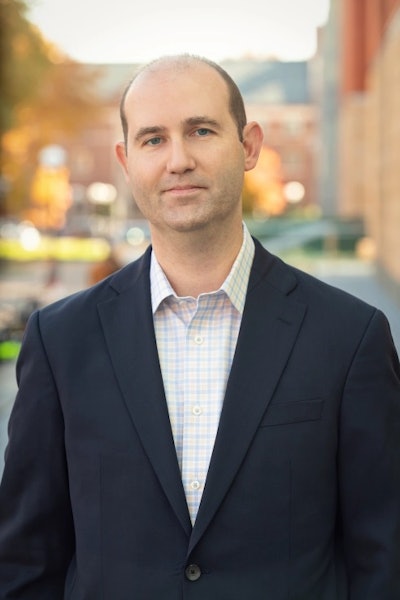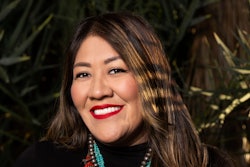Over the past two decades, promise programs, in which recent high school graduates are offered free tuition to attend local colleges and universities, have become popular tools to bridge equity gaps in higher ed, with over 300 programs active in over 40 states. By reducing the financial burden of university attendance, promise programs have been associated with enrollment increases for African Americans and Hispanics.
But a new study shows that there are limits to what promise programs, as currently designed, can do: racial gaps in stop-out rates remained persistent.
The research, published in the Journal of Diversity in Higher Education, focused on participants in the first such program, the Kalamazoo Promise. Founded in 2005, KPromise gives graduates of the Kalamazoo Public School District scholarships that pay for up to 100% of tuition and fees at any public college or university in Michigan and to 15 private schools. The study found that KPromise has many benefits. Students of all backgrounds were more likely to enroll, perform well, and persist in college. However, the effects were not enough to wipe out differences in how often students withdrew from school temporarily, with Black students more likely to stop out than others.
“Reducing the financial barriers to access doesn’t necessarily reduce the financial barriers to success,” said Dr. W. Carson Byrd, an associate research scientist in the Center for the Study of Higher and Postsecondary Education at the University of Michigan’s Marsal Family School of Education, and an author of the study.
Byrd and his co-authors, Drs. Davíd G. Martínez, Daniel Collier, and Isabel McMullen, traced the difference in stop-outs to the cumulative socioeconomic advantages that white students are more likely to enjoy. These advantages, which can include the effects of academic tracking, teacher bias, and parental involvement, are likely to generate better pre-college school performance, which makes stop-outs less likely.
 Dr. W. Carson Byrd, associate research scientist in the Center for the Study of Higher and Postsecondary Education at the University of Michigan’s Marsal Family School of Education
Dr. W. Carson Byrd, associate research scientist in the Center for the Study of Higher and Postsecondary Education at the University of Michigan’s Marsal Family School of Education
According to Dr. Natasha Warikoo, the Lenore Stern professor in the humanities and social sciences at Tufts University, the findings are important, but not surprising.




















